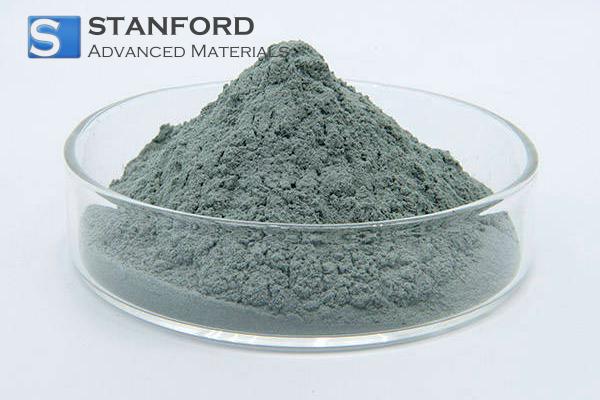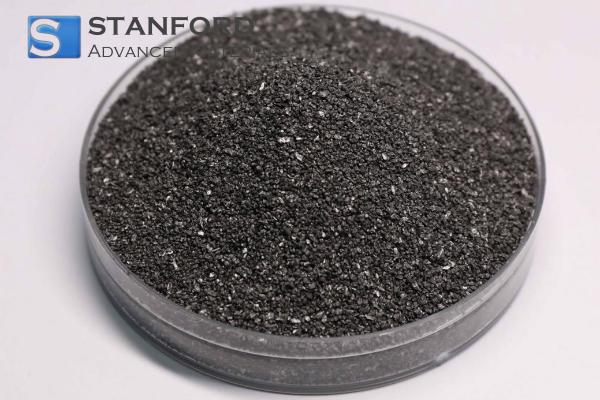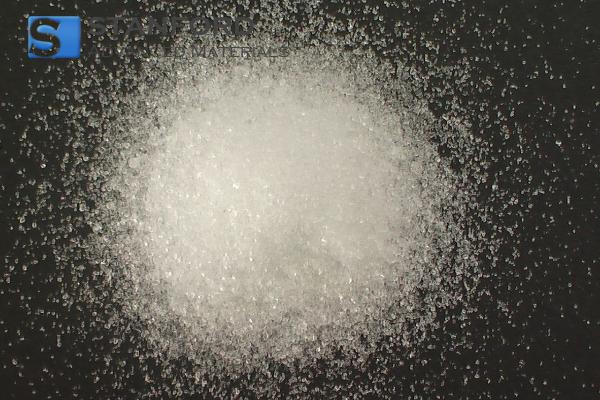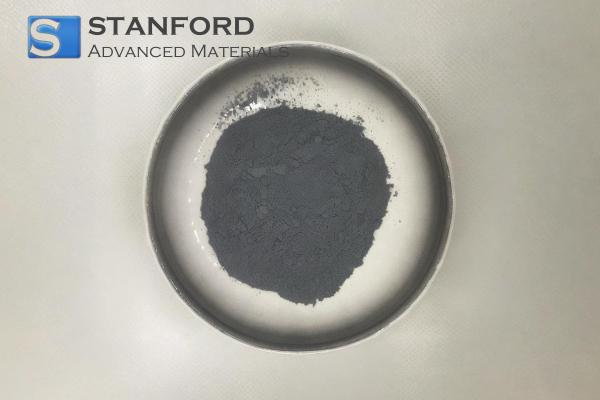Refractive Index: Basics And Examples
What is the Refractive Index?
Definition
The refractive index is a dimensionless number that describes how light propagates through a medium. It specifies the extent to which light decelerates and changes its direction when entering a material from another medium, for example air.
Significance in Optics
The knowledge of the refractive index is essential for developing optical devices such as lenses, prisms and optical fibres. It determines the behaviour of light during its interaction with various materials and affects image clarity and light transmission.
Factors Affecting the Refractive Index
Material Composition
Different materials have unique atomic and molecular structures that influence their refractive indices. Consequently, denser materials such as glass exhibit a higher refractive index than less dense materials such as air.
Wavelength of Light
The refractive index may vary with the wavelength of light, a phenomenon known as dispersion. This variation causes different colours of light to be refracted to varying degrees, thereby resulting in a separation of white light into a spectrum when passed through a prism.
List of Refractive Indices
The following table categorises the materials from the preceding list of refractive indices according to their state of matter (liquids, solids, gases, etc.).
|
Material |
State of Matter |
Refractive Index (n) |
|
Vacuum |
Gas |
1.0000 |
|
Air |
Gas |
1.0003 |
|
Water |
Liquid |
1.333 |
|
Glycerin |
Liquid |
1.473 |
|
Ethanol |
Liquid |
1.36 |
|
Benzene |
Liquid |
1.50 |
|
Mercury |
Liquid (Metal) |
1.71 |
|
Glass (typical) |
Solid |
1.5 |
|
Quartz |
Solid |
1.544 |
|
Sapphire |
Solid |
1.762 |
|
Polycarbonate |
Solid (Plastic) |
1.586 |
|
Sodium Chloride |
Solid |
1.544 |
|
Ruby |
Solid |
1.76 |
|
Polystyrene |
Solid (Plastic) |
1.59 |
|
Titanium Dioxide (TiO₂) |
Solid |
2.4-2.7 |
|
Zinc Sulphide (ZnS) |
Solid |
2.37 |
|
Diamond |
Solid |
2.42 |
|
Lead Glass (PbO-Glass) |
Solid |
1.7-2.0 |
|
Silicon |
Solid |
3.42 |
|
Gallium Arsenide (GaAs) |
Solid |
3.3 |
For further information please refer to Stanford Advanced Materials.
Refractive Index in Crystals
Optical Properties of Crystals
Crystals exhibit unique refractive indices that contribute to their optical properties, such as birefringence. Birefringent materials possess different refractive indices along distinct axes, thereby causing incident light to split into two beams with differing paths.
Applications in Technology
Crystals with specific refractive indices are employed in various technologies, for example in lasers, optical fibres and precision instruments. Their capacity to manipulate light with precision aids in enhancing the performance of these devices.
Refractive Index in Glass
Types of Glass
There are several types of glass, each with its own range of refractive indices, for example:
- Crown Glass: Refractive index around 1.52
- Flint Glass: Refractive index approximately 1.62
- Borosilicate Glass: Refractive index around 1.47
Implications for Optical Devices
The refractive index of glass affects the design and functionality of optical devices. Higher refractive indices permit the use of thinner lenses with enhanced light-bending capabilities, thereby improving the efficiency and compactness of devices such as cameras, microscopes and spectacles.
Frequently Asked Questions
What is the refractive index of diamond?
The refractive index of diamond is approximately 2.42. This value is among the highest found in naturally occurring materials, which contributes to its brilliance.
How does the refractive index affect the design of spectacle lenses?
A higher refractive index allows for the production of thinner and lighter lenses, while still maintaining effective light bending, which in turn improves optical performance.
Can the refractive index change with temperature?
Yes, the refractive index may change with temperature. This alteration affects the propagation of light through a material and may lead to a change in the performance of optical devices.
What is birefringence in crystals?
Birefringence is defined as the difference in refractive indices along different axes within a crystal, thereby causing incoming light to split into two beams that travel at distinct speeds and along separate paths.
Why is glass frequently used in optical devices?
Glass provides an appropriate range of refractive indices, maintains high transparency and is easy to manufacture, making it ideal for lenses, prisms and other components in optical devices.

 Bars
Bars
 Beads & Spheres
Beads & Spheres
 Bolts & Nuts
Bolts & Nuts
 Crucibles
Crucibles
 Discs
Discs
 Fibers & Fabrics
Fibers & Fabrics
 Films
Films
 Flake
Flake
 Foams
Foams
 Foil
Foil
 Granules
Granules
 Honeycombs
Honeycombs
 Ink
Ink
 Laminate
Laminate
 Lumps
Lumps
 Meshes
Meshes
 Metallised Film
Metallised Film
 Plate
Plate
 Powders
Powders
 Rod
Rod
 Sheets
Sheets
 Single Crystals
Single Crystals
 Sputtering Target
Sputtering Target
 Tubes
Tubes
 Washer
Washer
 Wires
Wires
 Converters & Calculators
Converters & Calculators
 Write for Us
Write for Us





 Chin Trento
Chin Trento



